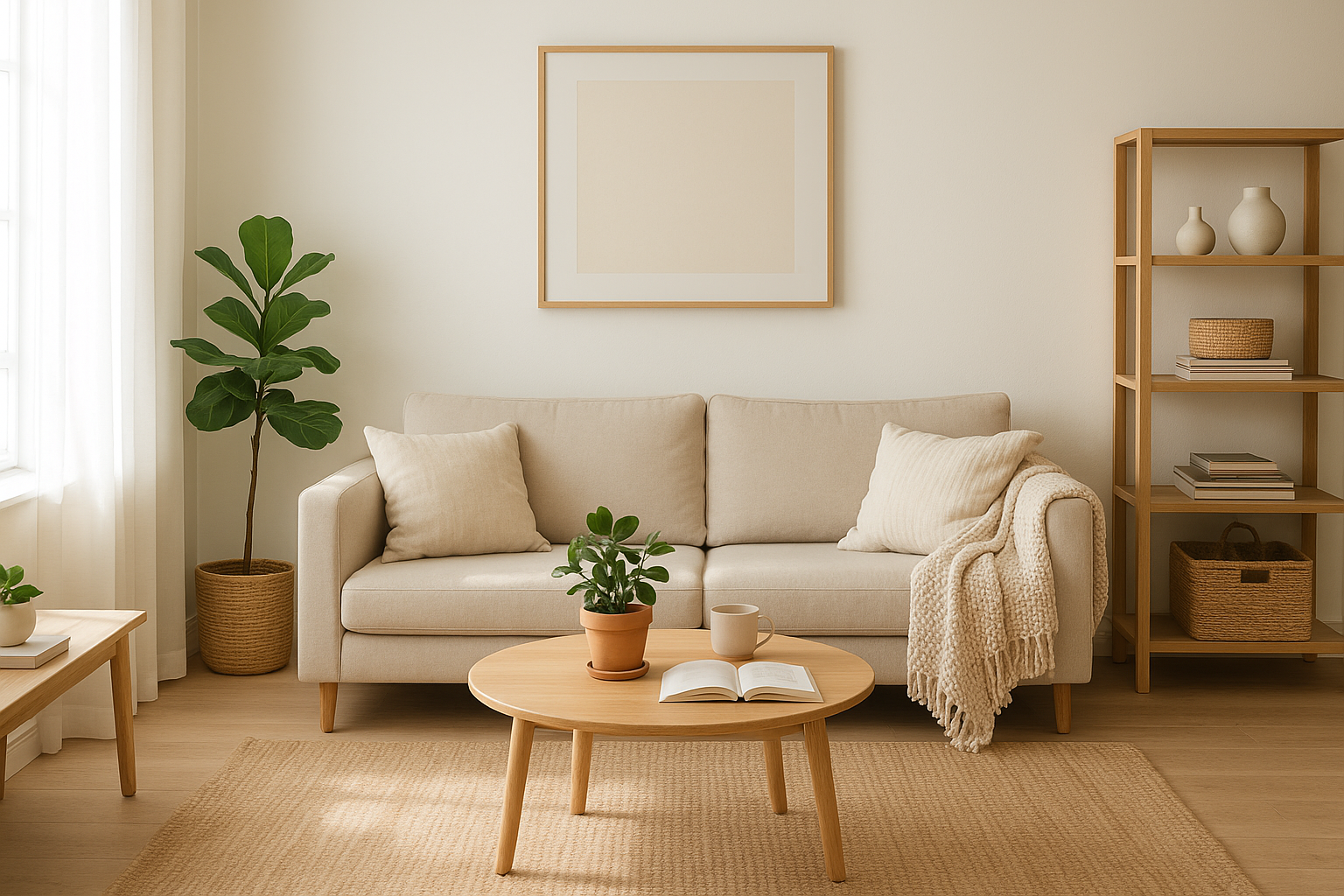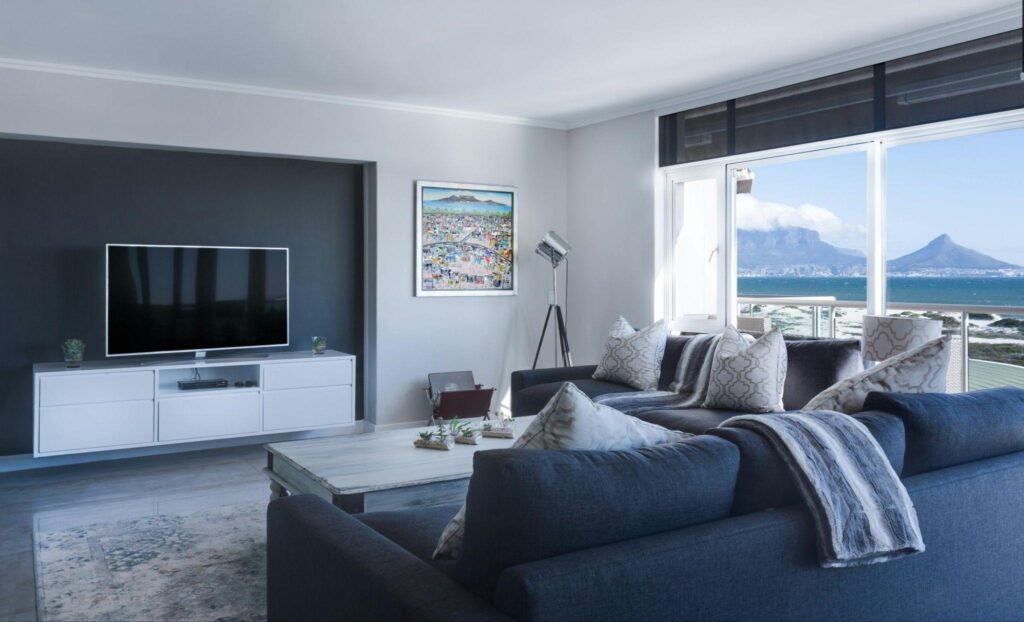What does it mean for a home to “feel like you”? Is it in the color of the walls, the furniture you choose, or the way the light hits the kitchen every morning? In reality, it’s a combination of all these subtle details—carefully layered to reflect personality, purpose, and practicality.
For modern homeowners, interior design is no longer about perfection or trend-chasing. Instead, it’s about intention. From open-concept layouts that welcome conversation to curated accents that whisper rather than shout, today’s homes are sanctuaries—elevated yet inviting. But building such a space requires more than a Pinterest board; it takes planning, personalization, and awareness of how each choice interacts with your lifestyle.
Even everyday responsibilities—like managing your car, insurance, or home bills—benefit from thoughtful streamlining. When your home is designed to reduce friction and improve comfort, why shouldn’t the rest of your life follow suit?
This philosophy of seamless living extends beyond design, into tools like Panda7, which simplifies your auto insurance decisions with the same clarity and convenience you’d expect from your own living room.
The Shift Toward “Soft Modernism”
If there’s one movement gaining momentum in recent years, it’s what we call soft modernism. Clean lines, open spaces, and neutral palettes are no longer stark or sterile. Instead, we’re seeing these elements softened with natural materials—think white oak, rattan, and raw linens. A soft modern home might feature a matte black faucet paired with a limestone sink, or fluted wood panels that bring texture to minimalist walls.
This design language appeals to both function-first homeowners and the aesthetically inclined. At its core, it’s about simplifying form without compromising on beauty.
How to Apply It in Your Home:
- Opt for rounded silhouettes in chairs or sofas to break the rigidity of geometric shapes.
- Use light-filtering curtains in earthy tones to make a minimalist space feel grounded.
- Balance metal accents with warm woods or textured fabrics like bouclé.
Rooms That Work Hard Without Feeling Overworked

Today’s interiors do double duty: your kitchen is also a Zoom background; your hallway doubles as a mudroom and gallery wall; your dining table serves both dinner and spreadsheets. The pressure on spaces to be multifunctional has never been higher.
But this doesn’t mean clutter. Smart design maximizes each zone while respecting its core function. Built-in benches with hidden storage, charging drawers in nightstands, and sliding doors to conceal laundry areas—all these ideas respect the duality of modern living.
Ideas That Solve Real-Life Problems:
- Create “visual separation” in shared rooms by using area rugs or lighting clusters.
- Install wall-mounted desks that fold away when not in use.
- Consider modular furniture that adapts to your needs across seasons.
Light as a Design Tool
Lighting isn’t an afterthought—it’s central to the experience of a home. Light shapes mood, highlights texture, and defines functionality. Whether it’s the glow under your cabinetry or the sculptural pendant above your island, lighting dictates how your space feels from morning to night.
Layered lighting is key. A common mistake is relying solely on ceiling lights, which flatten everything. Instead, aim for a three-tiered approach:
- Ambient – general overhead lights
- Task – focused beams for work or reading
- Accent – mood-setting spots that draw the eye
Pro Tip: Install dimmer switches. They instantly add flexibility, allowing you to transition from work mode to relaxed evenings without lifting more than a finger.
Sustainability is the New Luxury
Conscious design isn’t just a trend—it’s the future. Today’s homeowners want to feel good about the choices they make, both in style and substance. That means sourcing materials with low environmental impact, choosing furniture that lasts, and reducing the home’s energy footprint without sacrificing style.
Natural fabrics, VOC-free paints, and energy-efficient lighting are all part of this shift. Brands are catching on, but so are homeowners, who increasingly seek pieces that tell a story—crafted from reclaimed woods, handmade by artisans, or designed with circularity in mind.
Small Changes with Big Impact:
- Swap synthetic area rugs for jute or wool.
- Use smart thermostats and LED bulbs to cut energy bills.
- Upcycle old furniture with new hardware or reupholstery.
The Return of the “Emotional Home”
After years of streamlined perfectionism, people are craving homes with heart. You’ll see this in the revival of heirloom décor, the comeback of gallery walls, and the embrace of irregularities—like hand-thrown ceramics or vintage chairs with patina.
It’s not about achieving the showroom look. It’s about cultivating joy, history, and meaning in the everyday. The emotional home doesn’t demand you change everything; it asks you to curate mindfully.
Ways to Build Emotional Layers:
- Rotate in seasonal objects (dried florals, holiday accents, family mementos).
- Mix high-end with sentimental: a designer console topped with childhood photos.
- Make room for imperfection—it shows your home is lived in and loved.
Building for the Future: Smart and Simple
As homes become more connected, smart technology is no longer a luxury—it’s expected. But homeowners are careful: they want tech that serves them, not overwhelms them. Devices should be discreet, intuitive, and blend seamlessly into the home’s design.
Voice-activated assistants, smart blinds, security cameras, and app-based thermostats are now designed with elegance in mind. You’ll find them tucked inside matte shells, embedded in mirrors, or hidden behind cabinet doors. The key is to implement tech that makes life easier, without being intrusive.
Make It Work for You:
- Begin with lighting: use smart bulbs to automate your routines.
- Gradually introduce tech with clear ROI—like video doorbells or leak detectors.
- Integrate with your design—choose finishes that complement your aesthetic.
Creating Purposeful Outdoor Spaces
The boundaries between indoors and out are blurring. Balconies become lounges, backyards become kitchens, and patios become dining rooms. This shift, fueled in part by pandemic-era adaptation, has stayed because it works.
Outdoor design now mirrors indoor comfort: plush seating, warm lighting, layered textures. Whether you’re in a compact urban condo or a sprawling home, maximizing outdoor space is a must.
Start with These Outdoor Must-Haves:
- All-weather rugs to define the space
- Portable lanterns or string lighting for ambiance
- Planters with herbs or drought-tolerant flowers
Conclusion: Living Intentionally
Designing a home isn’t about following trends—it’s about making choices that serve your daily life, reflect your values, and spark joy. Whether it’s investing in versatile furniture, upgrading your lighting, or simply adding a plant to your windowsill, each step brings you closer to a home that feels uniquely yours.
A thoughtfully designed space is more than beautiful—it’s empowering. It gives you clarity in a chaotic world, comfort when life feels uncertain, and pride in where you spend your days.
And that’s the true magic of home.

